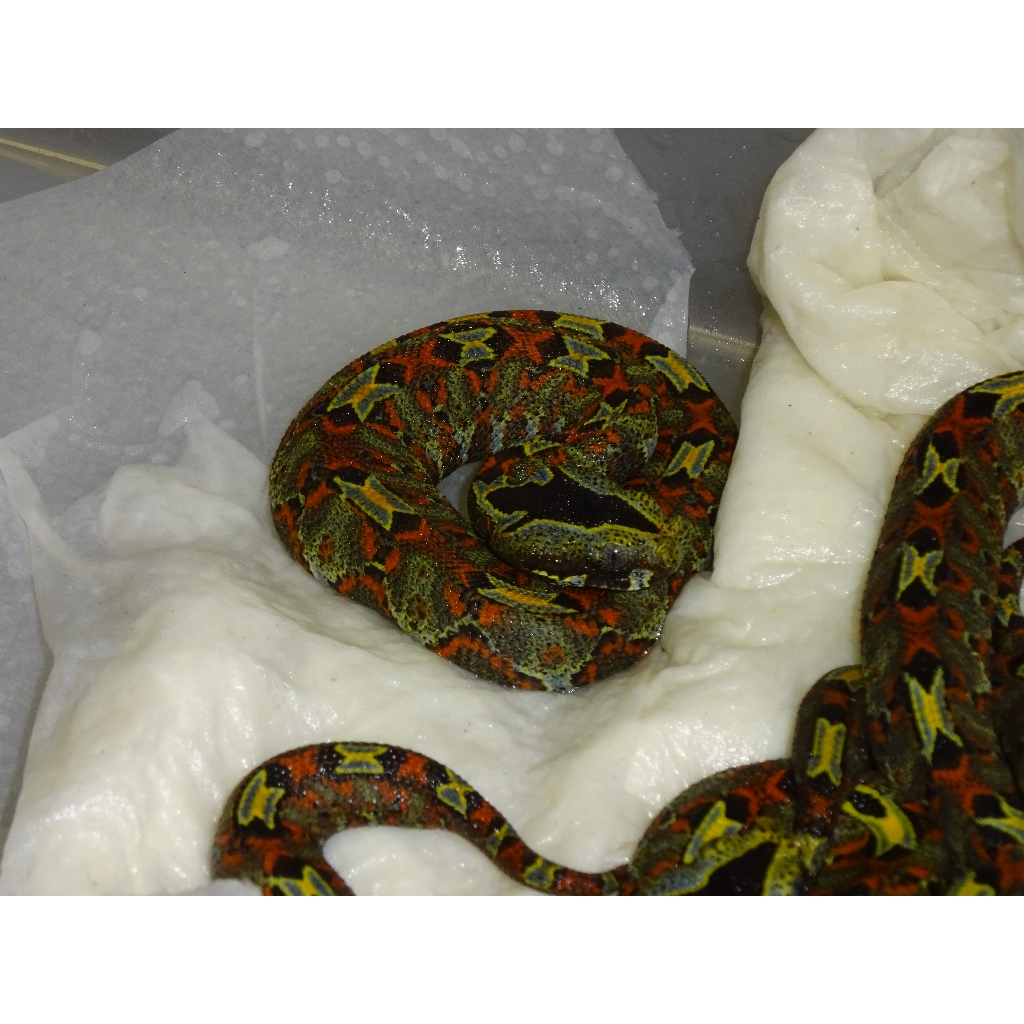

Professionally Stretched Canvas over a hidden Wooden Box Frame and Ready to Hang Jigsaw Puzzles are an ideal gift for any occasionĬontemporary Framed and Mounted Prints - Professionally Made and Ready to HangĬanvas Prints add colour, depth and texture to any space. Poster prints are produced on Vibrant Poster Paper resulting in timeless and breath-taking posters which are also ideal for framing Greetings Cards suitable for Birthdays, Weddings, Anniversaries, Graduations, Thank You and much more Photo prints are produced on Vibrant Archival Photo Paper resulting in timeless and breath-taking prints which are also ideal for framing

Massive swelling around the bite area can occur which can lead to necrosis in extreme cases.Our standard Photo Prints (ideal for framing) are sent same or next working day, with most other items shipped a few days later. The hemotoxic venom attacks the circulatory system of the victim, destroying tissue and blood vessels. As this snake lives in deep jungle, very few bites have been documented. They produce a mixture of hemotoxic and neurotoxic venom although the hemotoxic venom in this snake is much more dominant. This species is different however, as it is believed a small volume of venom can be fatal. Many of the Vipers in the Bitis genus are deadly because of the sheer volume of venom they inject as opposed to the toxicity of the venom itself. The Rhinoceros Viper likes to live in the forested areas of Central Africa and will rarely venture outside of their preferred densely vegetated habitat. They share part of their geographical range with other common species such as the Gaboon Viper, Variable Bush Viper, West African Bush Viper and the African Fat Tailed Gecko. These are cut off from the more Central population by a gap in the forested areas on the continent. There is a slightly isolated population in the West of Africa in countries such as Guinea, Sierra Leone, Liberia, Ivory Coast and Ghana. They can be found in countries such as Cameroon, Gabon, Congo, Democratic Republic of Congo and the Central African Republic. The Rhinoceros Viper is native to the central parts of Africa. These are often considered defining features of the Rhinoceros Viper. They have a large black arrowhead shaped mark on the top of their head and two or three pairs of hornlike scales on the tip of the snout. The scales of the snkae are heavily keeled. Like most of the vipers in the Bitis genus, the Rhinoceros Viper has a distinctive triangular shaped head. The Rhinoceros Viper is a stout, heavy bodied snake that can grow to lengths of 3-4 feet, with females typically growing larger than males. It was first identified in 1802 as Coluber nasicornis. The Rhinoceros Viper has the scientific name Bitis nasicornis. The species within this genus are known for their behaviour of inflating and deflating their bodies while hissing loudly in an attempt to scare off a potential threat. The Gaboon Viper is the largest viper reaching lengths of up to 7 feet while the Namaqua Dwarf Adder is the smallest, growing to less than 1 foot in length. The Bitis genus contains both the largest and smallest species of Viper in the World.

However, they can also be found in the Southern parts of the Arabian Peninsula in Yeman, Oman and Southern Saudi Arabia. This genus contains 15 different species of venomous snakes that are primarily found in sub-Saharan Africa. The Rhinoceros Viper belongs to the Bitis genus. The majority of venomous snakes in Australia are from the Elapid family.Įven though Australia has ‘Adders’, such sa the Common Death Adder, these ‘Adders’ are not related to the ‘Viper’ Adders of Africa and actually belong to the Elapid Family. Vipers are found throughout most of the world but an interesting fact about vipers is that they are not native to Australia. This is one of the most popular families of venomous snakes in the world along with the Elapid family. The Rhinoceros Viper belongs to the Viperidae or Viper family of snakes. In the Animal Kingdom, Taxonomy is used as the science and practice of classifying different species and sub-species based on their biological and genetic makeup. Greg Hume, CC BY-SA 3.0, via Wikimedia Commons Rhinoceros Viper Taxonomy


 0 kommentar(er)
0 kommentar(er)
